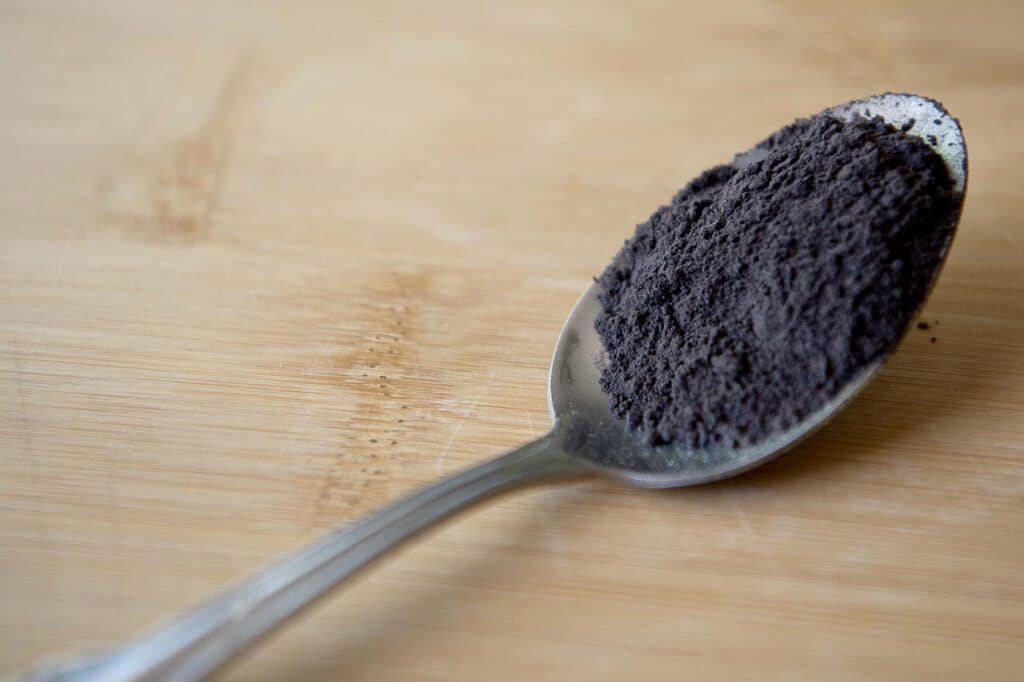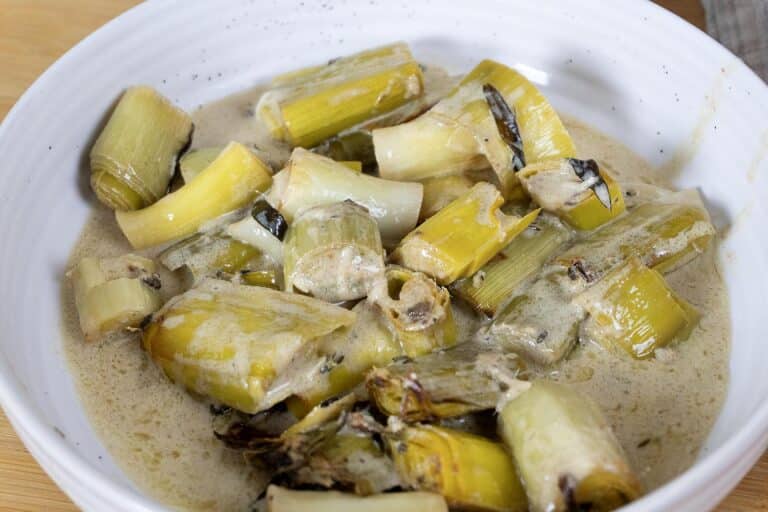What Is Alkanet Used For?

Alkanet is a plant often recognized for its vibrant blue flowers and historical use as a dye. However, its applications extend beyond the textile industry into areas such as traditional medicine and natural coloring in culinary arts.
Historical and Traditional Uses
- Dye and Coloring Agent
Alkanet has long been valued for its root, which contains red pigments that are used as a dye. Historically, this dye was popular in the Mediterranean region for coloring fabrics. Today, the root is also used to impart a natural red hue to various products, including cosmetics like lipstick and soap, as well as to wood stains.
- Medicinal Applications
Traditionally, alkanet root has been used in various folk remedies. It was believed to have several medicinal properties, including being an anti-inflammatory and a diuretic. Herbalists have used alkanet to treat wounds and skin inflammations, as it was thought to promote healing and reduce infection. However, it’s important to note that modern medical research on alkanet’s efficacy in these areas is limited.
Culinary Uses
- Food Coloring
In the culinary world, alkanet root is occasionally used as a natural food dye. Due to its strong pigmentation, it can provide a deep red color to dishes, making it a favored choice for natural food colorants in specialty foods and beverages.
Safety and Considerations
Toxicity Concerns
While alkanet is beneficial in various applications, it is important to use it with caution due to its potential toxicity when ingested in large quantities. The roots contain pyrrolizidine alkaloids, substances known to be hepatotoxic if consumed in excessive amounts. Therefore, alkanet should be used judiciously, particularly in products intended for regular consumption.
Regulatory Status
In many countries, the use of alkanet as a food additive is regulated due to its chemical constituents. It is generally approved for external use (such as in cosmetics), but its use in food products may be restricted. Always check local regulations before using alkanet in food preparations.
Environmental Impact
Cultivation and Sustainability
Alkanet is not a particularly demanding plant in terms of growth conditions and can be cultivated in a variety of climates, which makes it a sustainable option for natural dye production. It is also beneficial for gardens as it attracts pollinators with its bright flowers.
Understanding the uses of alkanet highlights the plant’s versatility and historical significance. While it is primarily known today for its role in natural dyeing, its potential in traditional medicine and natural food coloring presents an interesting opportunity for those interested in sustainable and natural products.
However, the safety concerns associated with alkanet necessitate careful handling and awareness of its toxic properties, especially in culinary applications.






